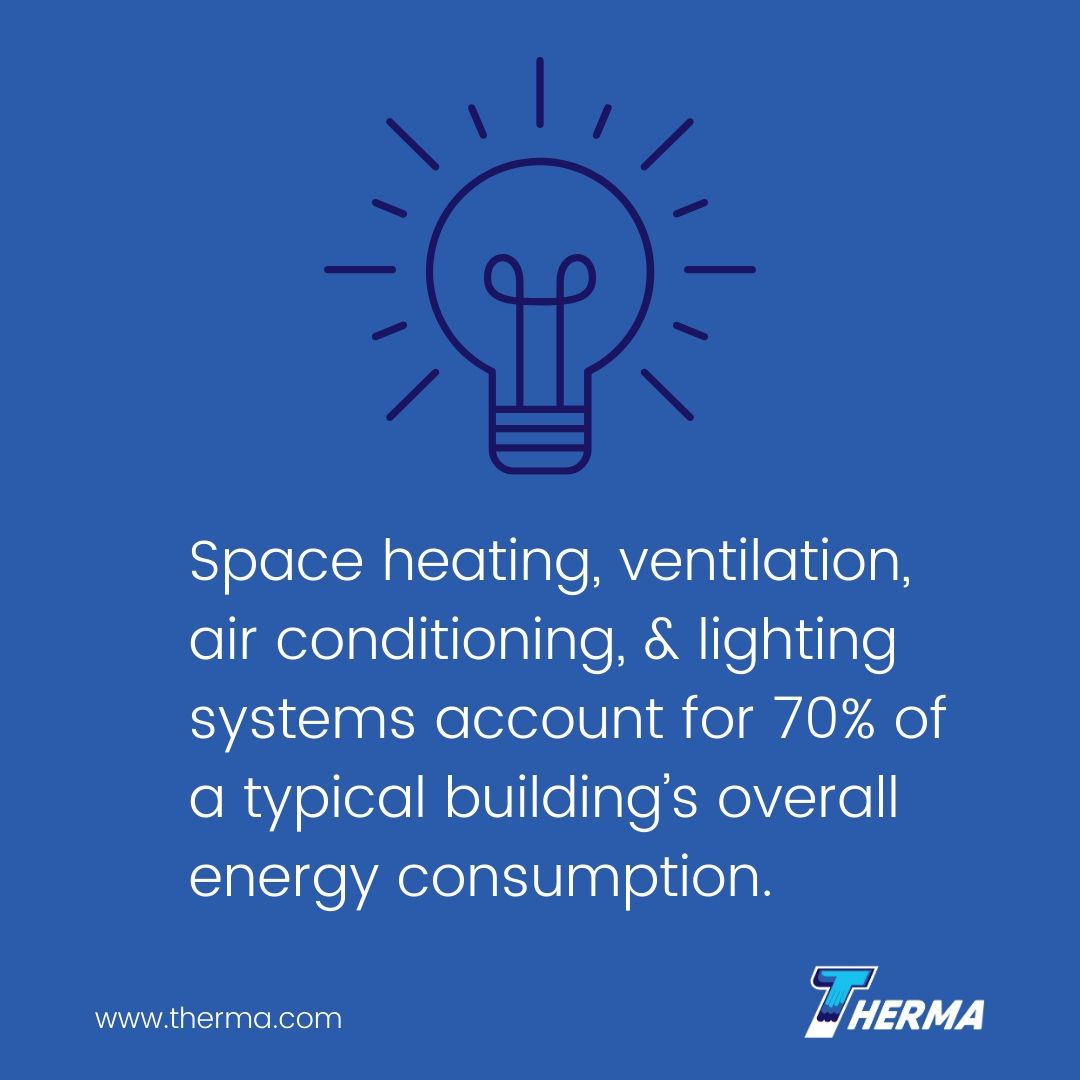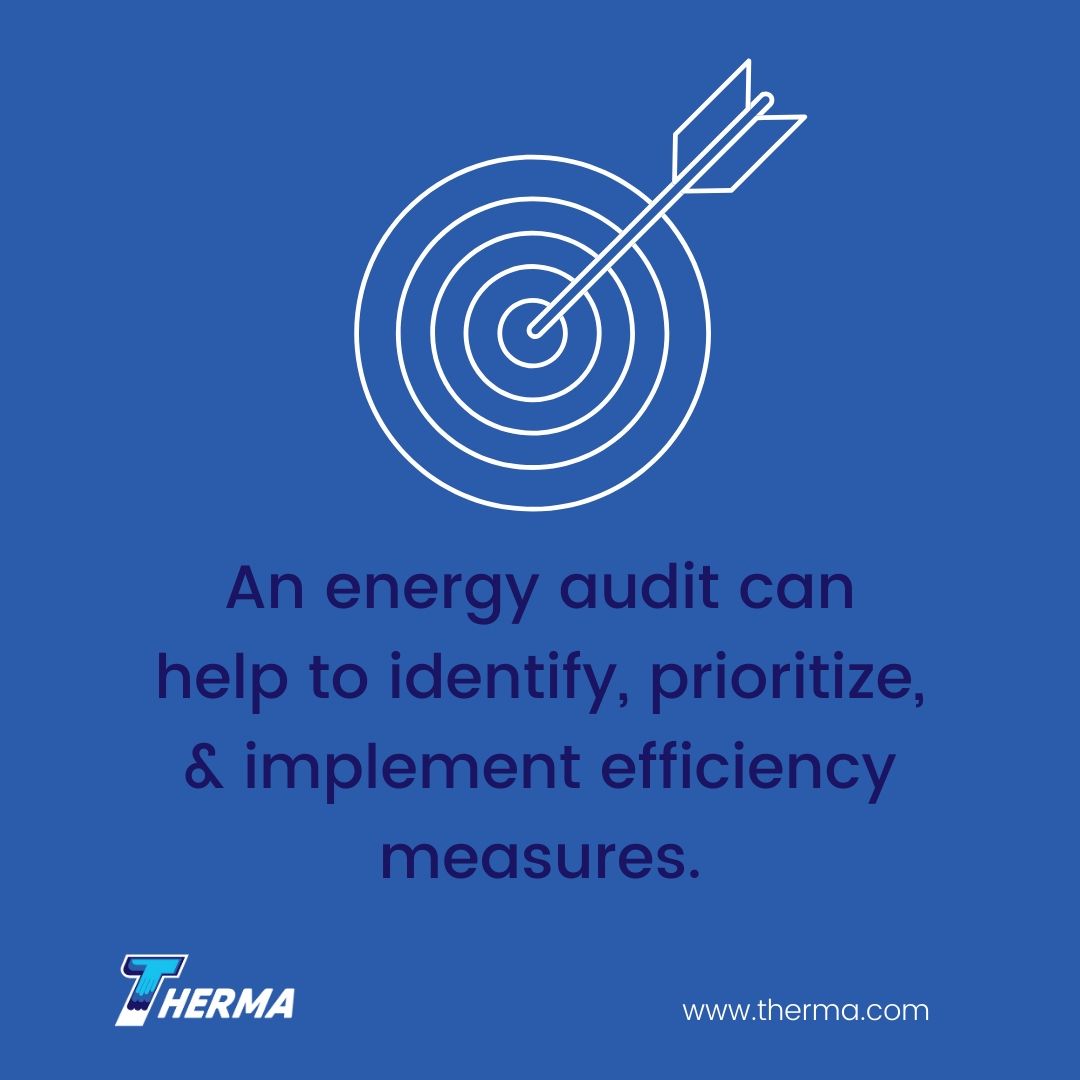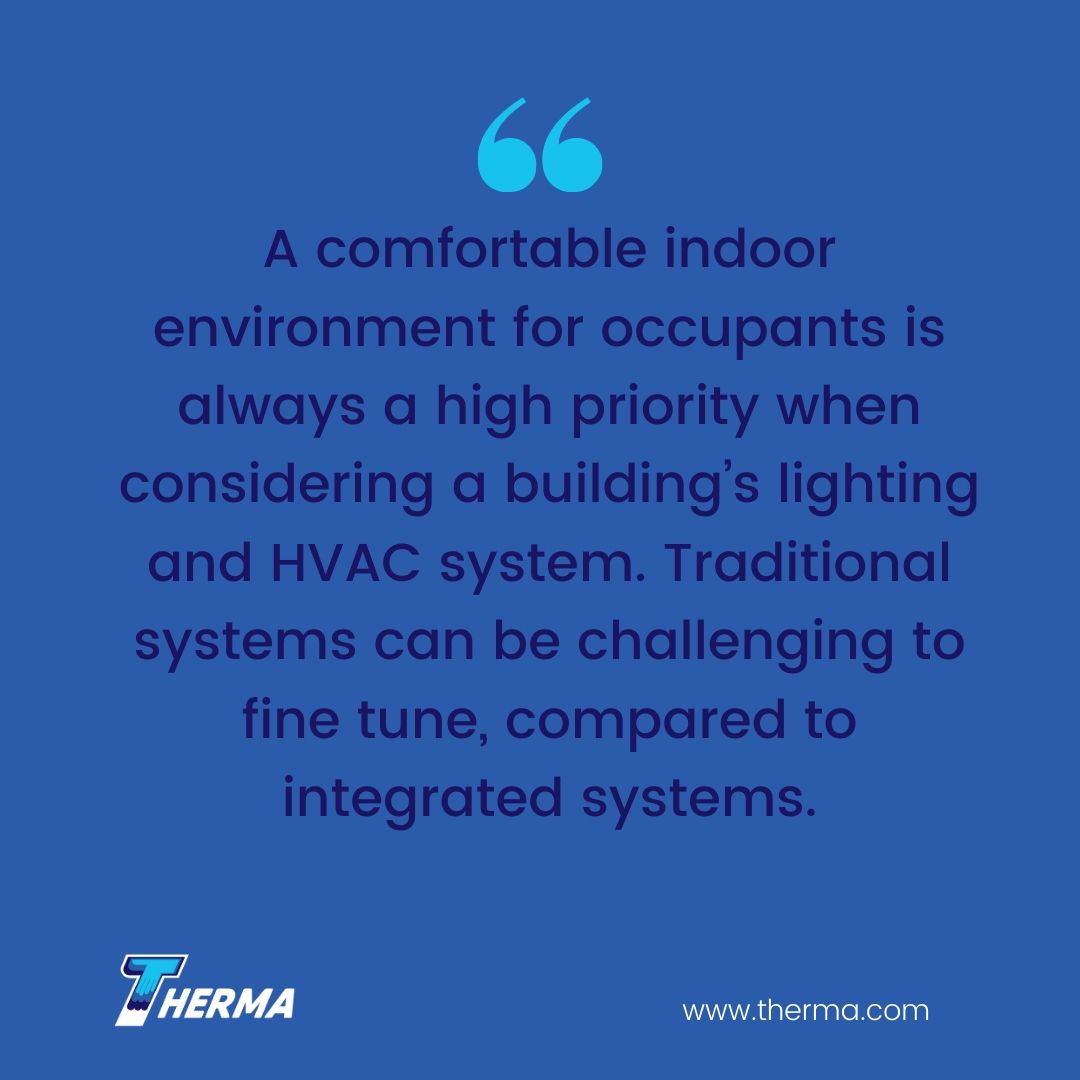According to the Department of Energy, space heating, ventilation, air conditioning (HVAC) and lighting systems account for almost 70% of a typical building’s overall energy consumption. Exploring ways to reduce power usage while improving building performance and shrinking its environmental footprint can lead not only to improved comfort for building occupants, but can also reduce energy consumption expenses.
Advancements in building automation systems (BAS), sometimes called building management systems (BMS), mean greater opportunities for improved heating, cooling, ventilation, lighting and other critical building systems controls.

Energy Audits
An energy audit or energy assessment is a detailed analysis and inspection of a building’s energy use. An audit can uncover a variety of conservation opportunities while ensuring building systems are operating at peak efficiency.
Because of its ability to provide vital information about building performance, an energy audit can help to identify, prioritize and implement efficiency measures and are often an ideal starting point when considering integrated lighting and HVAC controls.
Since lighting systems affect heating and cooling loads in addition to power quality, partnering with an energy services company (ESCO) can be a strong option when exploring ways to improve efficiency.
An ESCO, which is a dedicated organization specializing in optimizing resources, can conduct an energy audit aimed at identifying combined areas of energy and cost savings. Energy Star reports that a whole system retrofit can result in savings from 25 to 40%.
A substantial number of light and energy audit results are tied directly to a building’s HVAC system. These results trigger recommendations ranging from minor BAS adjustments to replacing or upgrading air filtration systems or identifying areas for daylight harvesting, further reducing energy costs.
Increased Saving With Integrated Lighting and Hvac Controls
Traditional BMS used to mean stand-alone applications with separate stations for monitoring and control of individual building systems. While each application brings a specific benefit to building maintenance, each one is not always designed or implemented with integration in mind. This individual approach can cause resource overlap or overlooked areas in need of attention. When integrated and managed as a single, intelligent solution, HVAC and lighting controls can be fine tuned for optimal resource usage, leading to a significant reduction in energy consumption.
Many BAS-based platforms offer user-friendly, single-system dashboards. Because the majority of these platforms are internet accessible, users can take control from any authorized computer or mobile device, eliminating the need for multiple adjustments on multiple systems.
Reduced Energy Consumption
Changes in occupancy rates can directly impact a building’s HVAC and lighting requirements. Implementation of a single control platform based on the building’s BAS can help optimize energy consumption while avoiding overspends tied to lighting and the heating and cooling of unoccupied or otherwise unused spaces.
Increased energy efficiency outcomes are a natural by-product of eliminating servicing unoccupied rooms.
Reduced Spending
When both systems are combined into one element, building owners can also benefit from the reduced installation costs of integrated systems, in addition to reduced energy costs.
Improved Comfort for Building Occupants
A comfortable indoor environment for occupants is always a high priority when considering a building’s lighting and HVAC system. Traditional systems can be challenging to fine tune, compared to integrated systems.
A single user interface helps operations staff perform required tasks with increased productivity, translating into improved comfort for building occupants who get quicker responses to their maintenance requests.
Additional Integration Potential
Integrated lighting and HVAC controls are just the beginning of BAS-based innovation. Advances in systems could see additional operations brought in and integrated, including security or fire detection and protection systems.
How Integrated Lighting and HVAC Controls Work
Integrated lighting and HVAC controls help to create ideal comfortable indoor environments through a variety of methods, including multi-purpose sensors and customized controls.
With multi-purpose sensors, the same sensor that notifies the system that an office is occupied can also identify when to adjust temperature and brightness levels.
Integrated controls are also highly customizable, allowing users to adjust room settings based on their desired use. For example, a meeting room that is often used for electronic whiteboard displays may require a variety of brightness levels. Occupants can have in-room controls for precise manual adjustments, within preset limits.
Furthermore, a majority of legacy systems already contain the essential technology within their existing BAS, or they can achieve it with moderate system upgrades (often identified and included in an ESCO energy audit).
Saving energy by improving lighting and HVAC technologies and integrating controls provides an excellent opportunity to reduce costs, improve environmental performance and create better buildings for everyone.
Are you considering integrated lighting and HVAC controls? Contact Therma about your project today.









